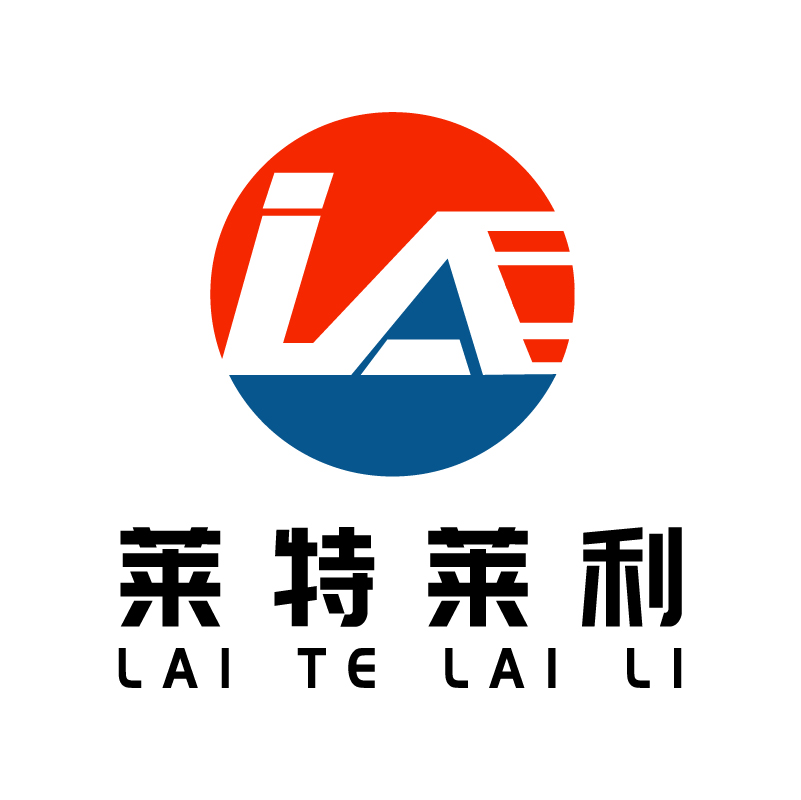How is the thermal label market in the United States?
The performance of thermal label paper in the US market can be analyzed from multiple dimensions, and the following is a comprehensive overview of the current state of the market:
First, market size and growth
Market size: The United States is one of the major consumers of the thermal paper market, and together with the North American market (including the United States and Canada) occupies a significant share of the global thermal paper market. Although data on the size of the U.S. market specific to thermal label paper may be difficult to obtain directly, it can be inferred that its market size is considerable, because thermal label paper is widely used in many fields such as retail, logistics, and healthcare.
Growth trend: With the rise of e-commerce and the rapid development of the logistics industry, the demand for thermal label paper continues to grow in the US market. In addition, the increased degree of informatization in the healthcare industry has also promoted the increased demand for medical labels, which in turn has promoted the market demand for thermal label paper.
Second,Market application
Retail and logistics: In the field of retail and logistics, thermal label paper is mainly used to print commodity labels, price labels, goods labels and transportation information. With the popularity of e-commerce and the improvement of logistics services, the demand for thermal label paper in this field is particularly strong.
Healthcare: In the healthcare field, thermal label paper is widely used to print medical labels, prescription labels, medical records labels, etc. With the continuous improvement of medical information, thermal label paper has a broad application prospect in the medical industry.
Other areas: In addition to the above areas, thermal label paper is also used in many fields such as food and beverage, office and home. For example, in the food and beverage industry, thermal labels are often used to print information such as product identification, traceability codes and production dates; In office and home environments, it is used to print receipts, notes, etc.
Third, market competition pattern
Major producers: The major producers in the global thermal paper market include Oji, Koehler, Appvion and other companies, which also occupy a certain share in the US market. In addition, local companies in the United States may also have a place in the thermal label market.
Market share: Due to the fierce market competition, major manufacturers compete for market share by means of technological innovation, quality improvement and brand building. Specific to the US market, the distribution of market share may be affected by a variety of factors, including product quality, price, brand awareness, etc.
Fourth, market development trend
Environmental protection: With the improvement of global environmental awareness, the thermal label industry is developing in the direction of environmental protection. More and more enterprises have begun to develop and produce environmentally friendly thermal label paper products to meet the market demand for green and environmentally friendly office methods.
High-end and refined: With the progress of technology and changes in market demand, the thermal label industry is developing in the direction of high-end and refined. New types of thermal label paper such as high temperature resistance, color and anti-counterfeiting continue to emerge to meet the needs of different fields and scenes.
Technological innovation: Technological innovation is an important driving force to promote the development of the thermal label market. With the continuous progress of printing technology and the emergence of new materials, the quality and performance of thermal label paper will be further improved to meet the needs of a wider range of applications.
In summary, thermal label paper has a large market size and growth potential in the US market, and is widely used in many fields such as retail, logistics, and healthcare. The market competition is fierce, but the trends of environmental protection, high-end, refinement and technological innovation have brought new development opportunities to the market.


